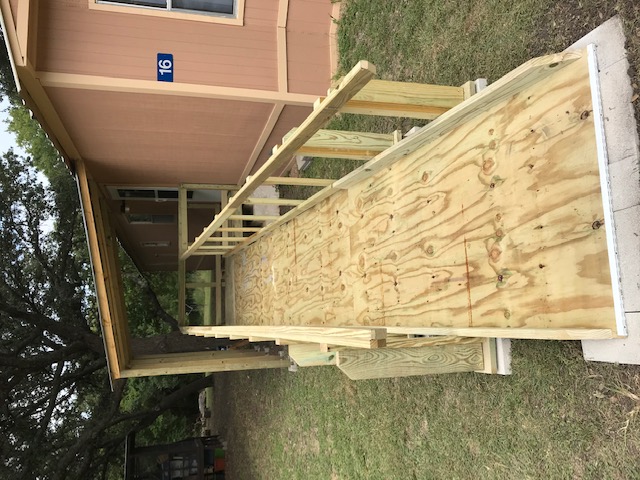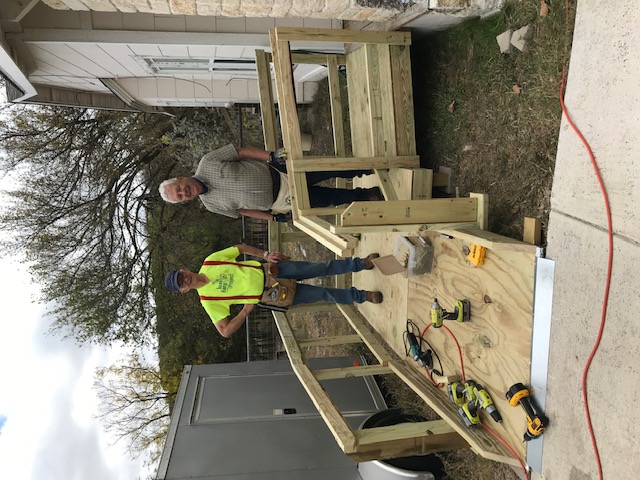 Oct 20, 2021–Back in the 1990s I tried teaching my kids about the stock market by having them pick companies they thought would grow in the next 20 years. One of them figured battery use would skyrocket, for example, so they virtually “purchased” Proctor & Gamble stock. It was a fun exercise.
Oct 20, 2021–Back in the 1990s I tried teaching my kids about the stock market by having them pick companies they thought would grow in the next 20 years. One of them figured battery use would skyrocket, for example, so they virtually “purchased” Proctor & Gamble stock. It was a fun exercise.
At the time, I noticed how many older people were losing their mobility, and came to the conclusion there would be an ever-growing market for motorized scooters for shopping and every-day mobility.
This was pre-internet and I was never able to track down a publicly traded company that built that equipment. But looking around today it feels like my instincts were correct.
One proof is a local organization that has no interest in making profit, but rather invests in the quality of life of mobility-impaired residents. The Texas Ramp Project constructs ramps for individuals in order for them to more easily get their scooters, walkers, and wheelchairs in and out of homes.
Serving as Co-Coordinator in Gillespie and Kerr counties is Tom Canfield, a retired engineer who worked around the world designing and building chemical plants and refineries. These days he gets as much pleasure designing and building ramps.
“I’ve always enjoyed working with my hands,” Canfield said. “One thing that keeps me going is thinking of my aunt who had Parkinson’s disease. I didn’t know about ramps at that time. So they had to take a wheelchair and pull her up and down several steps to get in and out of the house. But she enjoyed so much getting out every afternoon and going for a ride in countryside. Being able to get out of the house just really improves the situation for people.”
The Texas Ranch Project began in 1984, when a group met to build a ramp for someone who couldn’t afford it. Since starting up locally in 2014 as an outreach of the United Methodist Church, the group has built 40 ramps in Kerr and Gillespie counties.
The work is all volunteer, the crew uses its own tools, and building materials are purchased with donations. The crew builds out according to American Disability Act standards. Some structures become quite elaborate. Code requires a one-inch drop per foot, meaning on some higher structures a ramp can stretch out 30, 40 feet and beyond, with required flat platforms at the door and at ramp turns. The ramps are rough but finished with non-skid paint on the angled surface.
While there is always a need for funding, Canfield says the organization has been “blessed” with funding and donations from corporations, foundations, and building companies. There is no cost to the recipient, but they must be referred by a medical or social professional through the website at texasramps.org.
Canfield always welcomes volunteers, especially in Kerrville.
“Anyone can volunteer; you don’t need to be a skilled carpenter,” he said. “Sometimes we just need helpers to carry materials. I remind them all the time that it’s a ramp, not cabinet work.”
A crew of five to eight people can assemble and install a ramp in about five hours, or one man-hour per foot of finished ramp. Canfield does a lot of the work ahead of time, such as cutting materials and building modules they can carry to the site to assemble.
Why do they do it?
“It changes people’s lives, just by the fact that people can get in and out of the house,” Canfield explained. “It not only changes a lot for the person that needs to get around, but it also changes a lot for the caretaker. When a person needs to get out and go to the doctor, the caretaker is the one trying to get them down a set of stairs. If you’ve tried that, you know it doesn’t work very well.”
All of us who take for granted the ability to walk do not always appreciate how important mobility is.
“Being able to get out really improves anyone’s situation,” Canfield said. “I’ve never had anyone say they didn’t like the ramp. They always appreciate it.”
As do the ramp builders.
“This is just good, clean fun. We get to go out in morning, and build something for somebody, and walk away feeling good for what you’ve done.”
Details:
For information, to donate, or to seek a referral, visit www.texasramps.org.
Anyone interested in volunteering can call Tom Canfield at 903-521-4526.
PHOTOS: Examples of ramps constructed locally by the Texas Ramp Project.



